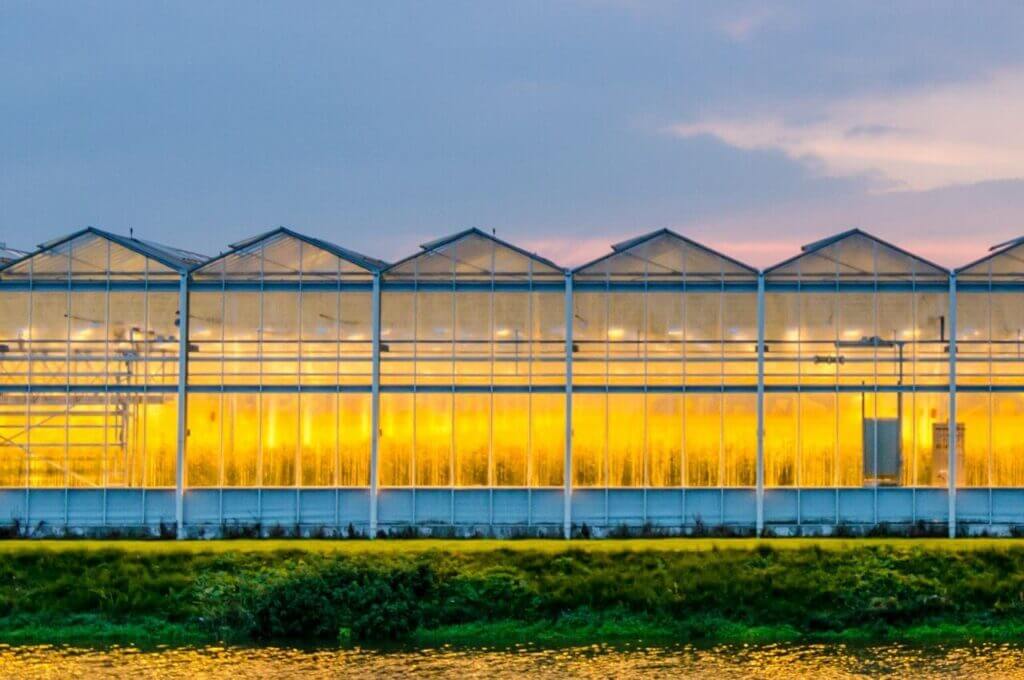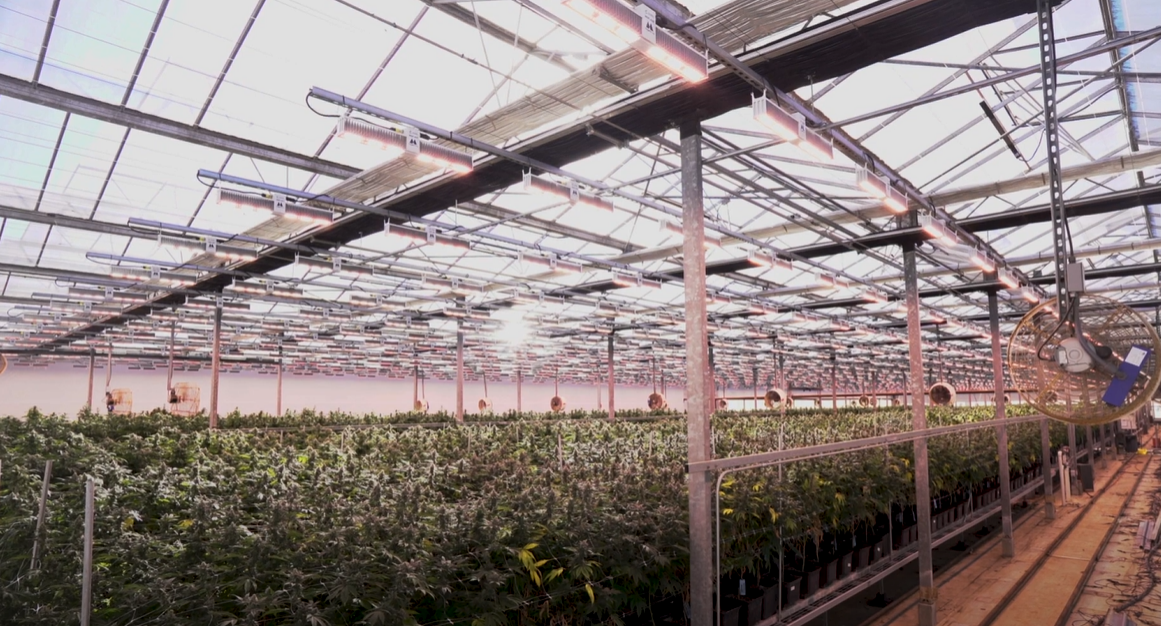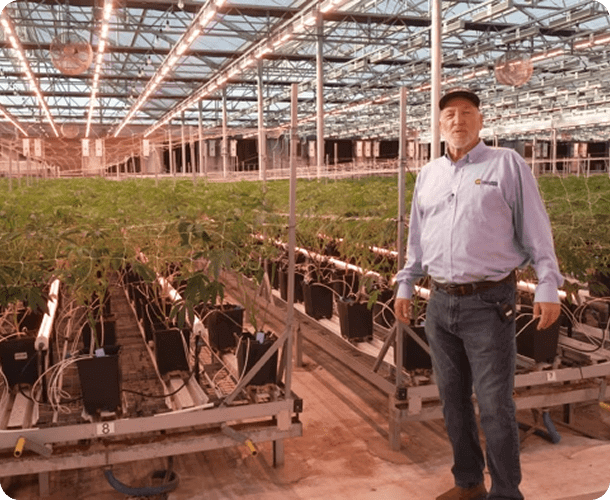If you are thinking about installing new supplemental lighting or upgrading lighting in a greenhouse, you need a successful greenhouse light plan. Getting a light plan design is one of the key steps to getting the best outcome.
When developed by an experienced professional, a successful greenhouse light plan answers many important questions, such as:
- What should my target average light level or PPFD be?
- What type of lighting will I need?
- How many lights will I need?
- Where should my lights be installed?
- How high above the canopy should my lights be hung?
- Where should I have power drops installed?
- How much power will I need for lighting?
- What’s my power bill going to look like every month?
What is PPFD?
PPFD is the most useful measurement for understanding how much usable light plants receive under the glow of a specific lamp.
This is because PPFD, or photosynthetic photon flux density, defines the amount of PAR that actually reaches the canopy. This measurement is expressed in micromoles (μmol) per meter per second.
What Information Do I Need for a Successful Greenhouse Light Plan?
Before a light plan can be developed for a greenhouse application, the designer needs to know certain variables about the grow space.
- Location of greenhouse: This is important so that your light plan designer can do a historical DLI study. DLI—or “daylight integral”—is how much light a specific area gets at different times of year. This is measured in mols per meter squared per day. Knowing the annual average, low, and high helps determine the PPFD level to aim for in order to achieve a total light level.
- Greenhouse or bay dimensions: Length, width, and height.
- Roof material: Different materials used for greenhouse roofs will have different light transmittance rates. This is important so that the actual amount of natural sunlight that comes through this material can be calculated into a successful greenhouse light plan.
- Grow cycle designation: Is the area strictly for veg, flower, propagation, mothers, or are you growing from start to finish in one area?
- Crop layout: How are you laying out your plants? Rolling benches? Static rows? Your light plan designer can also suggest several options for you if you haven’t decided on a layout yet.
- Location of trusses and truss height: This lets the designer know where lights are going to be installed and will allow them to calculate uniformity of light over a given canopy area. Additional Unistrut installation may or may not be recommended based on this.
- Outside obstructions: In some cases, there may be man-made structures, trees, or mountains that cast shadows over parts of the greenhouse for a certain length of time.
How are Successful Greenhouse Light Plans Developed?
Once all necessary information has been provided, the designer starts by drawing out the greenhouse or section of the greenhouse in the lighting program. Walls, ceiling, and floor will be assigned reflectivity values based on the information provided by the client.
Next, plant location is specified. Some clients may want to keep startup costs low and use static rows of plants. Others may want to invest a bit more and go with rolling benches to maximize canopy space and light footprint while keeping access flexible.
It’s important that the layout is designed so that the grower can easily access all plants at any given time.
Once plant layout is established, lighting can be added.
Based on truss height and/or multilevel clearance above the plant canopy, the light plan designer will select one or more fixtures that fit the application.
For a successful greenhouse light plan, a light fixture that easily mounts to trusses or Unistruts with minimal shadow effect and plenty of red spectrum such as the GH 340 Pro is ideal.
How are Light Fixtures Simulated?
When placing light fixtures into a light plan program, we use files called IES (Illuminating Engineering Society) files.
These files contain photometric data on a specific light fixture to simulate how it affects objects in the real world. Official light measurement labs typically create the IES file for each fixture using large, expensive calibrated equipment such as goniometers and spheres.
Now that we know which light will be needed and how many, the client has a clear picture in advance as to where to install lights and power drops, how much power they’ll need, how many tons of cooling they’ll need, and other important factors.
Being able to visualize the final result before completion is a valuable asset to any grow operation.
Contact us today to get your free greenhouse light plan with no obligation!






